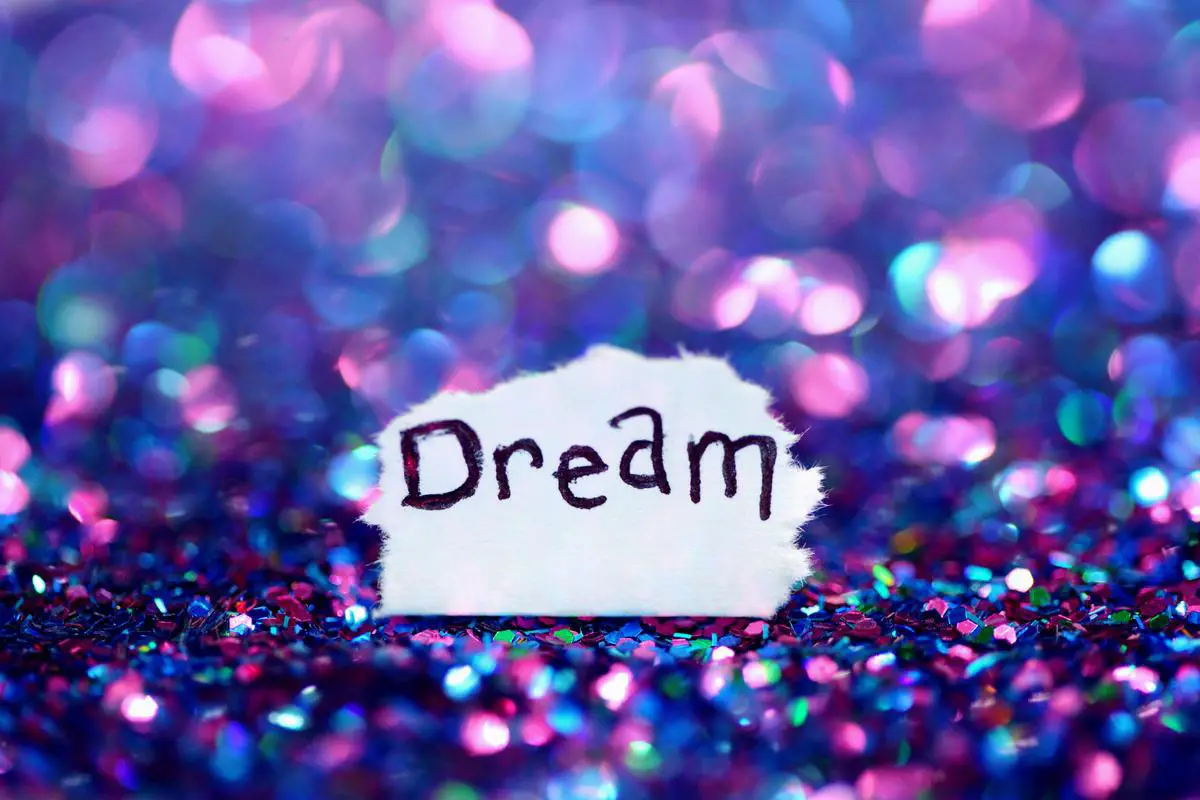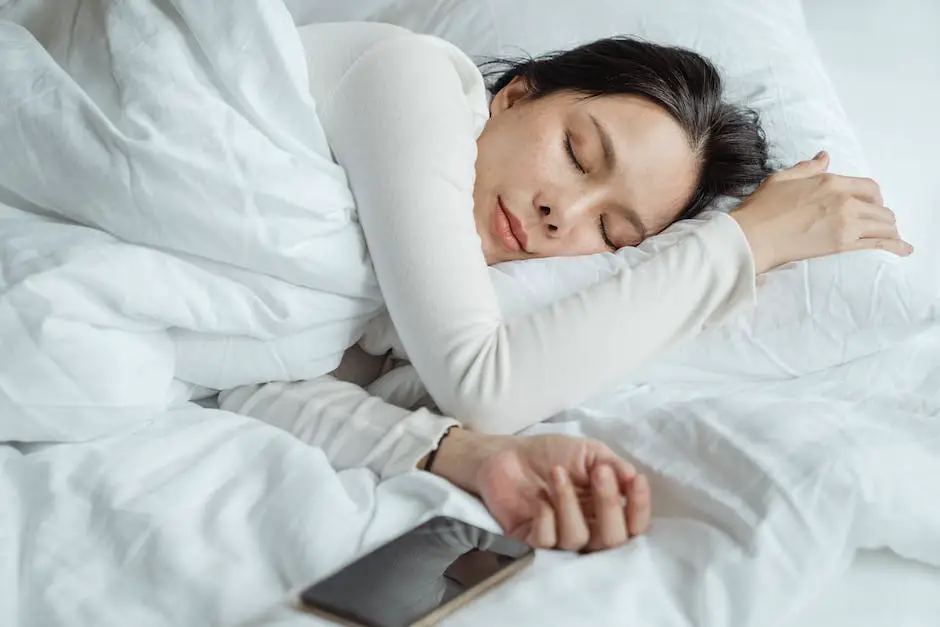Sound sleep and good health are often seen as two sides of the same coin, with the amount and quality of sleep we get significantly influencing our physical and cognitive health. This article presents insights into the often-overlooked world of sleep cycles, understanding the significance of each stage for overall well-being. Additionally, it goes on to document the enigmatic world of alcohol-induced dreams or ‘drunk dreams’ and how they interfere not only with the regular sleep patterns but also pose challenges for our health in the long run. A comparative study follows this observation, shedding light on the long-term implications if these disrupted sleep patterns persist.
Understanding Healthy Sleep Patterns
Understanding Healthy Sleep Patterns
Sleep is an essential component of human life, with adults typically needing between seven and nine hours per night. These hours of sleep are not all the same, as sleep is divided into several stages: Non-Rapid Eye Movement (NREM) sleep and Rapid Eye Movement (REM) sleep. NREM sleep is further split into three stages and is followed by REM sleep, with these four stages comprising a single sleep cycle.
Stage one of NREM sleep is the transitional phase between wakefulness and sleep, which generally lasts for less than 10 minutes. Stage two is a period of light sleep where body temperature drops and heart rate slows down. Stage three, also known as deep NREM sleep, is the most restorative sleep stage during which essential physical recovery processes such as tissue growth, repair, and immune system strengthening occur. Lastly, REM sleep is the period during which most dreaming happens and plays a key role in memory consolidation and learning.
The lack of sufficient sleep can lead to serious health issues including obesity, diabetes, cardiovascular disease, and even early mortality. It can also reduce the quality of life, with detrimental effects on mood, cognition, and overall performance. Establishing a consistent sleep routine can greatly help to maintain a regular sleep pattern, encompassing both the quantity and quality of sleep.
Fascinating Interplay between Alcohol and Sleep
Getting to grips with the complex connection between alcohol and sleep is crucial. Despite being a depressant that can seemingly assist with initiating sleep, giving the impression of enhancing bedtime relaxation, alcohol can in fact significantly compromise the quality of sleep one experiences.
Alcohol has a considerable impact on our normal sleep cycles, one of the most distinct being the suppression of Rapid Eye Movement (REM) sleep during the earlier parts of the night when consumed in high amounts. This leads to an overall disruption of one’s sleep stages. As the effects of alcohol start to diminish in the latter part of the night, REM sleep tends to increase, subsequently accelerating the occurrence of vivid dreams or nightmares, casually known as ‘drunk dreams’.
Excessive REM sleep can generally lead to feelings of fatigue and sluggishness the next day, thereby spoiling the quality of sleep that one could have enjoyed from the initial sedative effects of alcohol. Additionally, drinking alcohol before bedtime could cause other sleep disturbances including snoring or sleep apnea, and cause frequent awakenings owing to alcohol’s diuretic properties that necessitate increased nighttime urination.
To sum up, relying on alcohol as a sleep aid is a strategy with questionable long-term effectiveness, given the eventual disruption to healthy sleep patterns and the risk of developing a dependency. Prioritizing a wholesome and consistent sleep cycle that is not influenced or aided by alcohol consumption becomes of paramount importance to overall well-being.

The Phenomenon of Drunk Dreams
Unraveling the Mysteries of Alcohol-Induced Dreams
Alcohol-induced dreams, popularly called ‘drunk dreams’, emerge due to the interesting alterations alcohol consumption can cause in the neural processes that underpin our sleep cycles. When consumed, especially in large amounts, alcohol can cause regular sleep patterns to fragment and boost the frequency of vivid, and often distressing, dreams.
Alcohol and R.E.M Sleep
Rapid Eye Movement (R.E.M) sleep is a phase of the sleep cycle that is crucial for mental restoration. During this phase, our dreams are often their most vivid and reflective of our conscious experiences. The consumption of alcohol can significantly impact R.E.M sleep in myriad ways.
Substantial alcohol consumption before sleep can initiate what is known as “R.E.M. sleep rebound.” This refers to an increase in R.E.M sleep and dream activity after a period of R.E.M sleep deprivation, which alcohol can induce. Because drinking alcohol reduces R.E.M sleep in the first part of the night, it causes a ‘rebound effect’ in the second half of the night, leading to increased R.E.M sleep and more intense dreams that can often be unusual or disturbing.
The Effects of Alcohol on Sleep Disorders
Alcohol consumption’s impact isn’t limited to the modification of dream patterns. It’s significantly associated with the incidence of various sleep disorders. Notably, alcohol consumption has been found to exacerbate sleep issues like insomnia, a disorder characterized by difficulty falling asleep or staying asleep. Moreover, alcohol can lead to, or worsen, sleep-related breathing problems, like sleep apnea, a potentially serious sleep disorder in which breathing repeatedly stops and starts.
Contrasting Healthy Sleep Patterns and Drunk Dreams
To understand the difference between healthy sleep patterns and alcohol-induced sleep disruptions, it’s essential to understand the basics of a ‘good sleep’. A typical sleeper will shift through various stages of both non-REM and REM sleep throughout the night, with dreams mainly occurring during REM sleep.
A healthy sleep cycle allows the brain to process events of the day, consolidate memories, and rejuvenate the mind and body. When alcohol is consumed excessively, it disrupts this natural progression of sleep stages, from light to deep sleep, followed by dream-inducing REM sleep. The disrupted sleep fails to offer the rejuvenating benefits of natural sleep, often leading to daytime fatigue and other symptoms of sleep deprivation.
The relationship between alcohol consumption and sleep health is clearly outlined, drawing attention to the importance of moderate drinking patterns in promoting rejuvenating and healthy sleep routines.

Photo by sharonmccutcheon on Unsplash
Comparing Healthy Sleep and Drunk Dreams
Decoding Healthy Sleep Patterns
Typically, one would go through four or five sleep cycles each night. These cycles encompass both non-Rapid Eye Movement (NREM) sleep and REM sleep phases. NREM sleep commences with light sleep which gradually deepens through the second and third stages, leading up to the REM sleep phase, that’s often characterized by vivid dreaming.
In a perfectly healthy sleep pattern, the individual spends about three-quarters of their sleep time in the NREM state and the remaining one-quarter in the REM state. The NREM sleep stage focuses on physical rejuvenation, while REM sleep facilitates mental processing and memory retention. Therefore, a consistent, healthy sleep routine is critical for effective cognitive functioning, emotional balance, and physical wellbeing.
Findings suggest that adults ought to target between seven and nine hours of sleep each night to achieve an optimal state of health and wellbeing. The National Sleep Foundation’s studies emphasize the fact that even one night of sleep deficiency can cause cognitive dysfunction akin to being legally intoxicated.
Effects of Alcohol on Sleep Patterns
Alcohol can dramatically disrupt normal sleep patterns. Initially, alcohol can induce feelings of sleepiness and potentially help individuals fall asleep faster. This is often due to the sedative effects of alcohol leading to an increase in the deep sleep stages of NREM.
However, as night progresses and the body metabolizes alcohol, people wake more frequently and have disruptively active brain waves despite being asleep. This fragmented sleep leads to fewer periods of REM sleep, which negatively impacts cognitive function and memory consolidation. Alcohol consumption before going to bed can also lead to increased snoring and chances of sleep apnea.
Consequences of Drunk Dreams
“Drunk dreams,” or vivid dreams that occur during sleep after consuming alcohol, result from disrupted REM sleep. As alcohol metabolizes throughout the night, REM sleep rebounds, causing an increase in dreaming activity. Often, these dreams are more vivid and intense, leading to decreased quality of sleep and restfulness.
Excessive drinking can lead to chronic disruptions in sleep patterns, causing cumulative health consequences. Lack of healthy, quality sleep can cause memory issues, reduced cognitive functioning, increased risk for cardiovascular diseases, weakened immunity, and poor mental health.
Long-Term Implications of Alcohol on Sleep
Long-term, alcohol-related sleep disruptions can lead to insomnia and other sleep disorders. There is a significant correlation between alcohol dependence and sleep disturbances. Regularly using alcohol to fall asleep can build tolerance, leading to increased alcohol consumption to achieve the same effects. This habitual use can spiral into alcohol dependence.
Excessive and long-term alcohol use can also exacerbate existing sleep disorders such as sleep apnea or insomnia due to disruptions in sleep architecture and neurochemical balances in the brain.
The Importance of Healthy Sleep Habits
While moderate alcohol consumption may not severely affect sleep patterns, it is essential to opt for healthier sleep habits for overall well-being. Establishing a standard sleep-wake schedule, reducing screen time before bed, creating a peaceful sleep environment, and regular exercise can contribute significantly to improving sleep patterns.
Replacing alcohol with healthier alternatives or reducing alcohol consumption hours before bedtime can significantly improve sleep quality and subsequently, overall health outcomes. Ultimately, understanding the effects of alcohol on sleep can empower individuals to make healthier choices and improve their well-being.

The impact of alcohol on sleep is significant, dictating not just the quality, but the overall experience and health implications for the individual. This exploration brings forward the stark contrast between healthy sleep patterns and drunk dreams, painting a clearer picture on how one choice made in the present could have tolling repercussions in the future. Be it cognitively or physically, the power of a good night’s sleep is immense, and the disruption caused to it by something seemingly as harmless as alcohol consumption can be profound. Therefore, recognizing the importance of maintaining proper sleep continuity and implementing habits conducive to it, stand paramount in our pursuit of optimal health.
